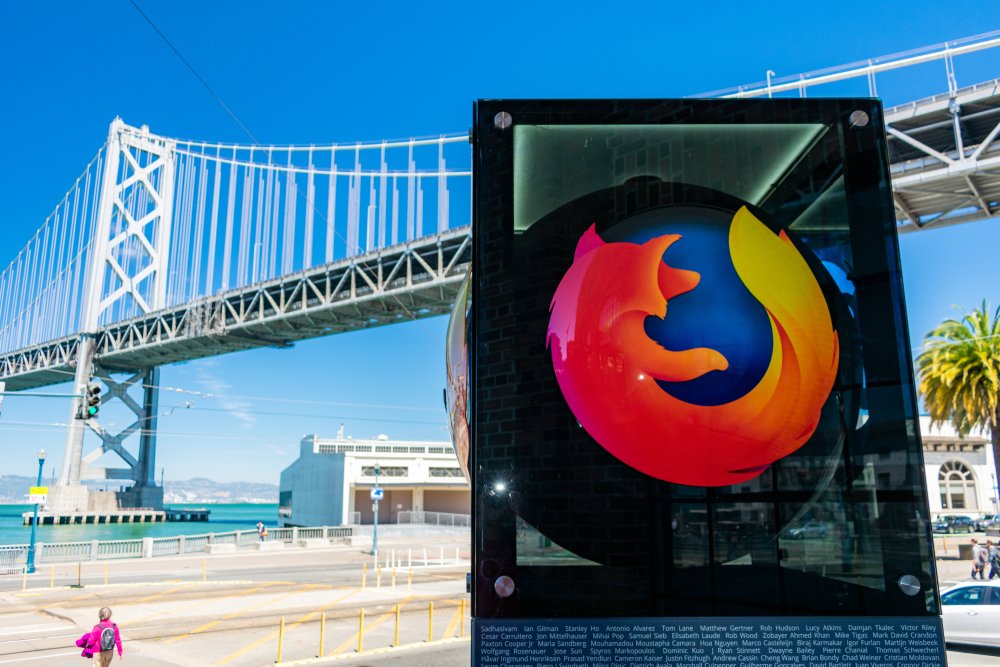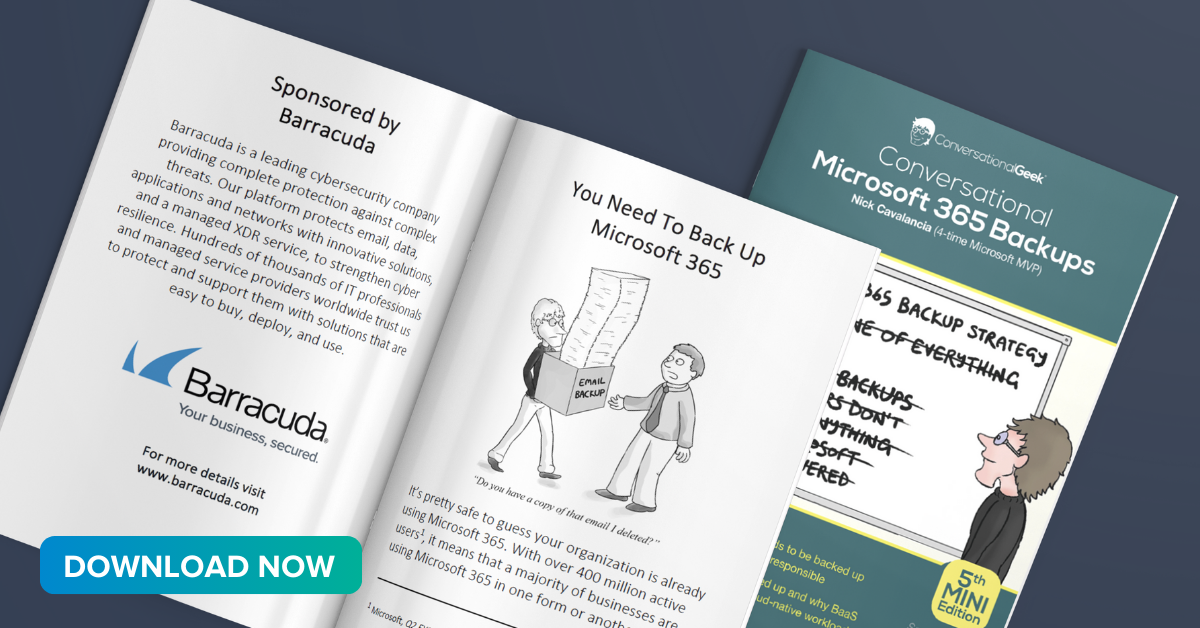 In 2004, you might have assumed Microsoft had won the browser wars for good. At the start of the year, 85 percent of web users relied on Internet Explorer.
In 2004, you might have assumed Microsoft had won the browser wars for good. At the start of the year, 85 percent of web users relied on Internet Explorer.
The folks at the Mozilla Foundation, creators of the Netscape browser suite, had other ideas. These ideas came to fruition with the release of Firefox 1.0. As Mozilla’s chief software architect told The New York Times: “This is really about taking back the Web and not having to rely on the technology and technology standards of one company.”
Firefox’s quick rise
By the time Firefox 1.0 was officially released on Nov. 9, 2004, more than eight million people had already downloaded beta versions of the software — and they were hooked. Firefox drew users with a host of features that revolutionized web use, including an integrated pop-up blocker, a toolbar with integrated search, tabbed browsing, and hundreds of add-ons.
Firefox also amped up security by clearly displaying the identity of secure sites, helping to cut down on instances of phishing and spoofing. The beta version was so popular that Mozilla’s servers were quickly overwhelmed with download requests shortly after the Firefox 1.0 release at 1 a.m. PST.
Just a few weeks after Firefox 1.0’s release, a two-page ad promoting the browser ran in The New York Times. The ad was funded entirely by 10,000 Firefox fans and included all of their names, the Firefox logo, and a simple message: “Are you fed up with your Web browser? You’re not alone. We want you to know that there is an alternative.”
By the start of 2005, 10 percent of Internet Explorer users had jumped ship, with droves soon to follow. Firefox use reached its peak in 2009 — the first full year of Google Chrome availability.
Photo: Michael Vi / Shutterstock
